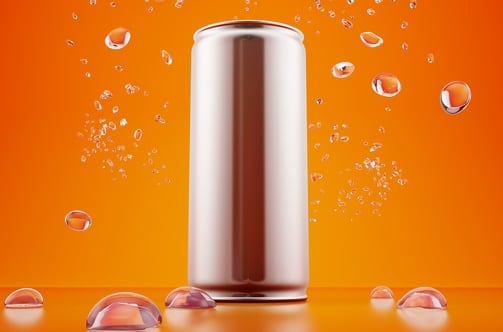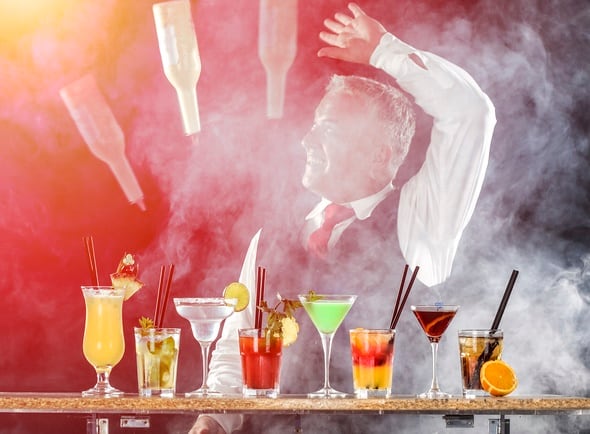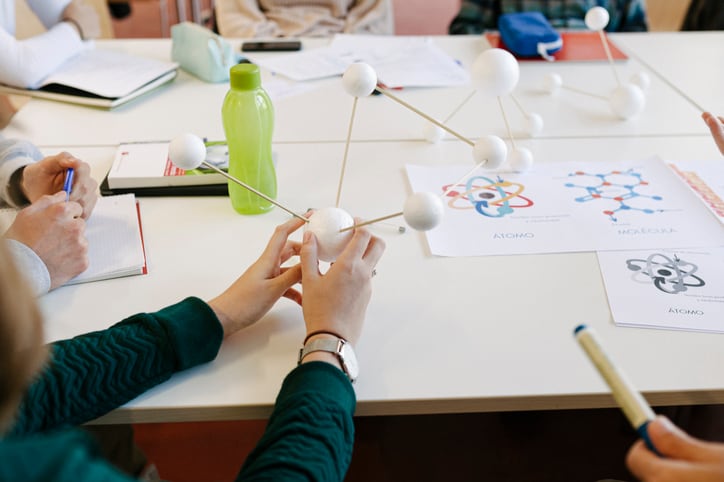Sustainability is reshaping packaging across all facets of the beverage industry. But gone is the idea that all sustainable packaging is grey-colored paper fiber devoid of visual appeal.
Nowhere is this more evident than the Pentawards 2025 shortlist: where an international judging panel has now whittled down all the entries to the best, boldest and most innovative ideas.
Innovation is in no short supply in the beverage industry: with the category making up around 30% of entrants.
“Among thousands of global entries, drinks packaging stood out not only for its volume but also for its vision,” Adam Ryan, Head of Pentawards, told us.
“From carbonating refill systems to dry-molded fiber bottles, brands across beer, wine, spirits, and soft drinks are no longer responding to consumer expectations... they’re actively reshaping them.”
Ryan takes us through some of the most interesting designs in this year’s shortlist and how they illustrate packaging design trends.
From rarity to responsibility: The rise of sustainable luxury
Luxury was once about over-the-top extravagance. But there’s now a fundamental shift in how consumers value luxury items, says Ryan.
“This year’s standout entries suggest that consumers are starting to associate prestige with innovation, rather than excess.
“Take the world’s first dry-molded fiber bottle for Baileys: a bold move for a brand synonymous with indulgence.
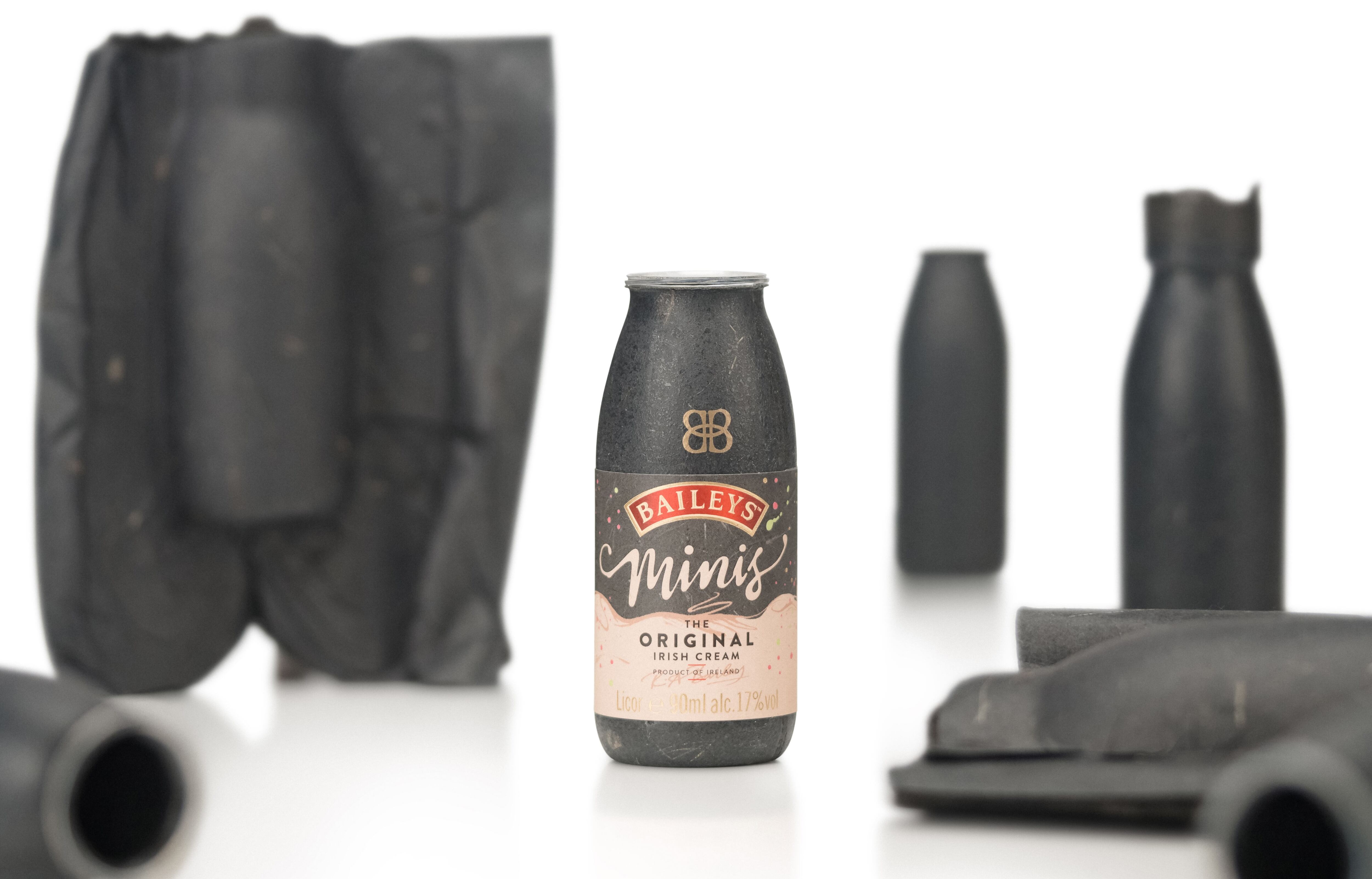
“Or Johnnie Walker’s ultra-light glass bottle: designed to reduce emissions and glass waste without compromising its iconic identity.

“These projects aren’t merely “green.” They reflect a broader reframing of what constitutes value and sophistication in a climate-conscious world.
“Limited editions, once driven by aesthetics alone, are now becoming testbeds for material experimentation. They’re where brands are taking the biggest risks — and winning. When sustainable storytelling and structural ingenuity converge, packaging becomes more than a vessel; it becomes part of the product’s allure."
Craft Brands Are Owning Provenance
Beyond the luxury sphere, regional and craft entries are using design to anchor their stories in place and purpose.
“Brands like Gogoshima Pairing Beer and Lucky Bait pair clean, restrained visuals with hyper-local cues — drawing identity from place and story rather than decorative excess," said Ryan.
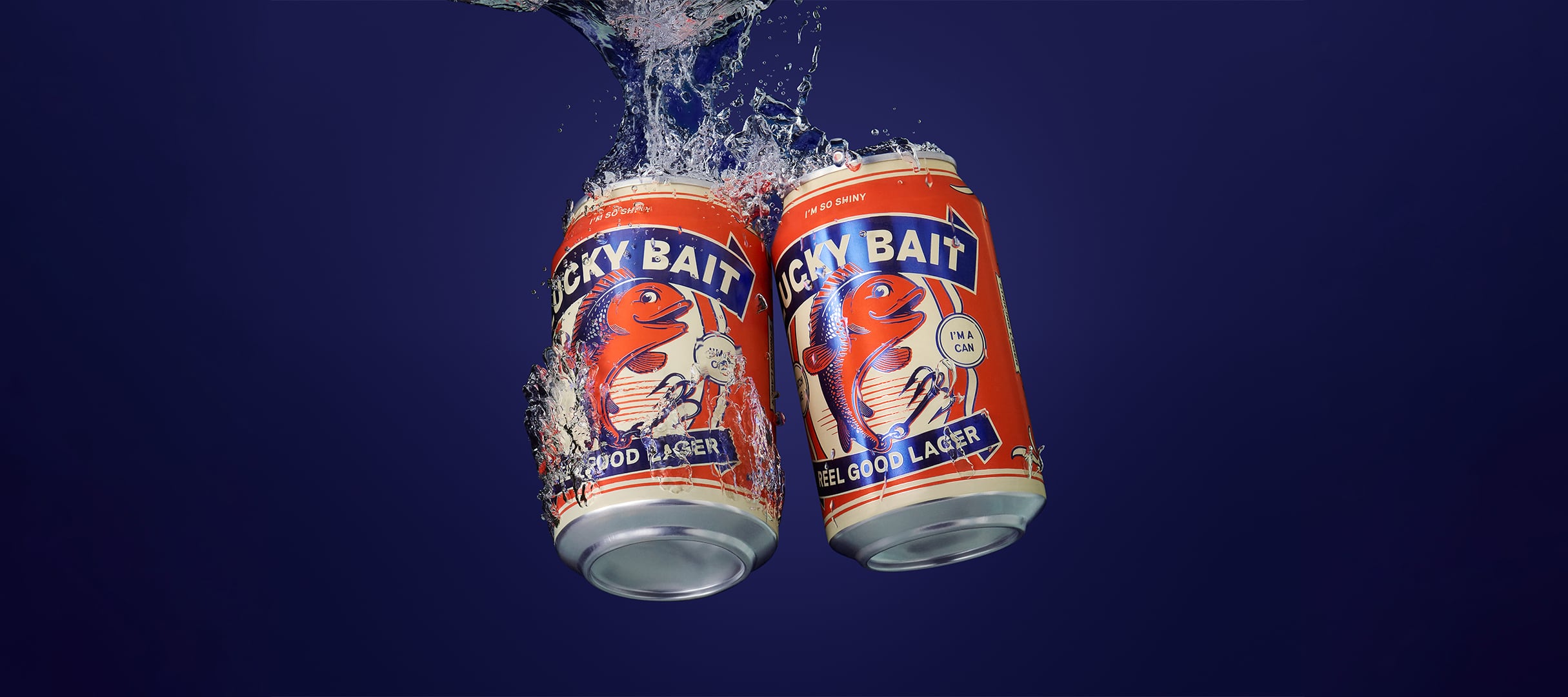
“These designs are elegant in their subtlety. There’s a growing sense that less really can be more when it’s rooted in meaning. This approach reflects a broader shift celebrating local character and craft, where what’s on the label is as evocative as what’s in the bottle."
Theatrical spirits
Across the beverage industry, consumers want more than a product: they want an experience. And that’s true in alcohol packaging as well.
“We’re seeing a dramatic, almost theatrical evolution of packaging, but one that aligns with sustainability goals,” said Ryan.
“The Whimsical Watering Can by Hendrick’s Gin turns packaging into a storytelling artefact.
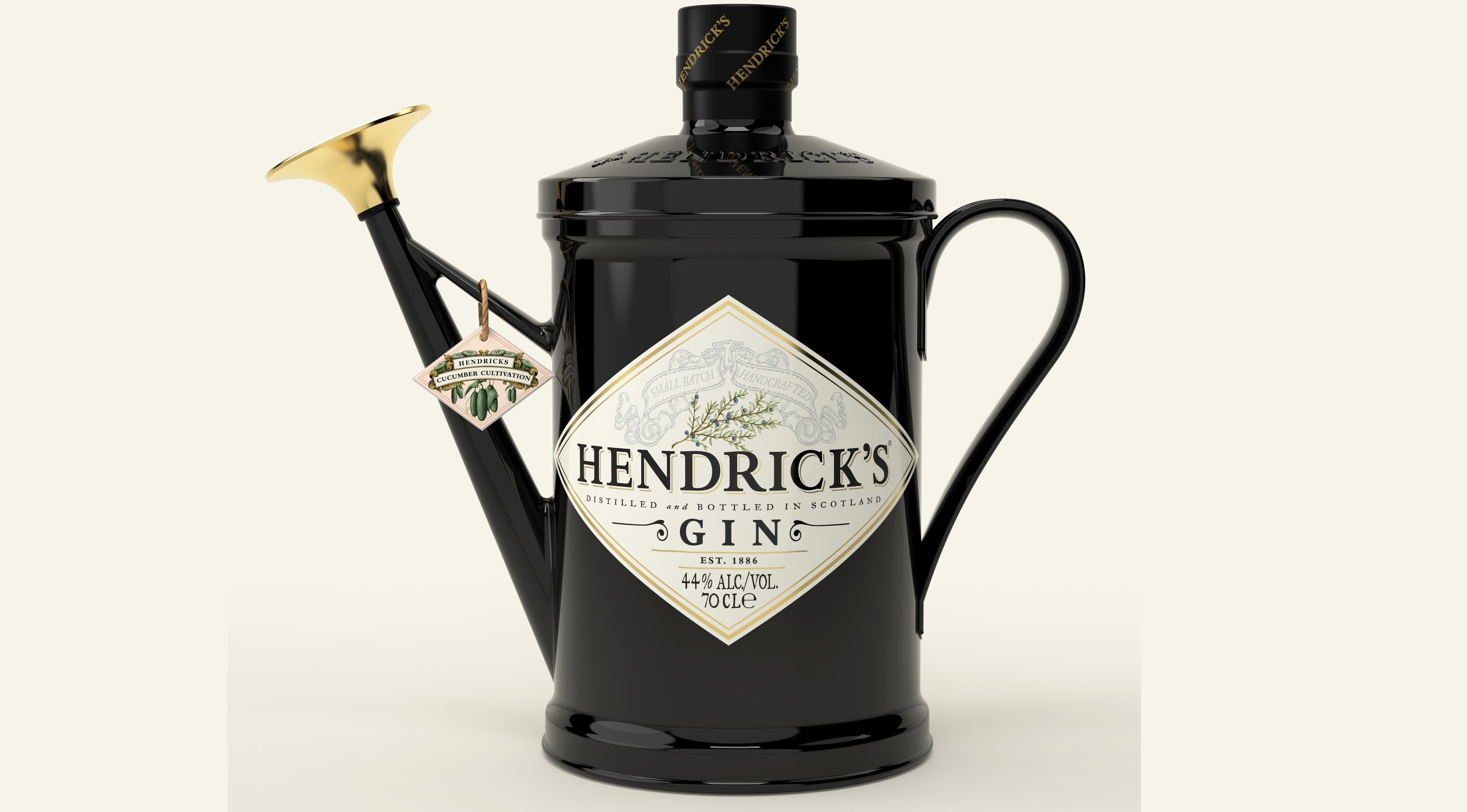
“Meanwhile, Dom Pérignon’s Basquiat collaboration reimagines the collector’s box as a canvas for cultural expression.
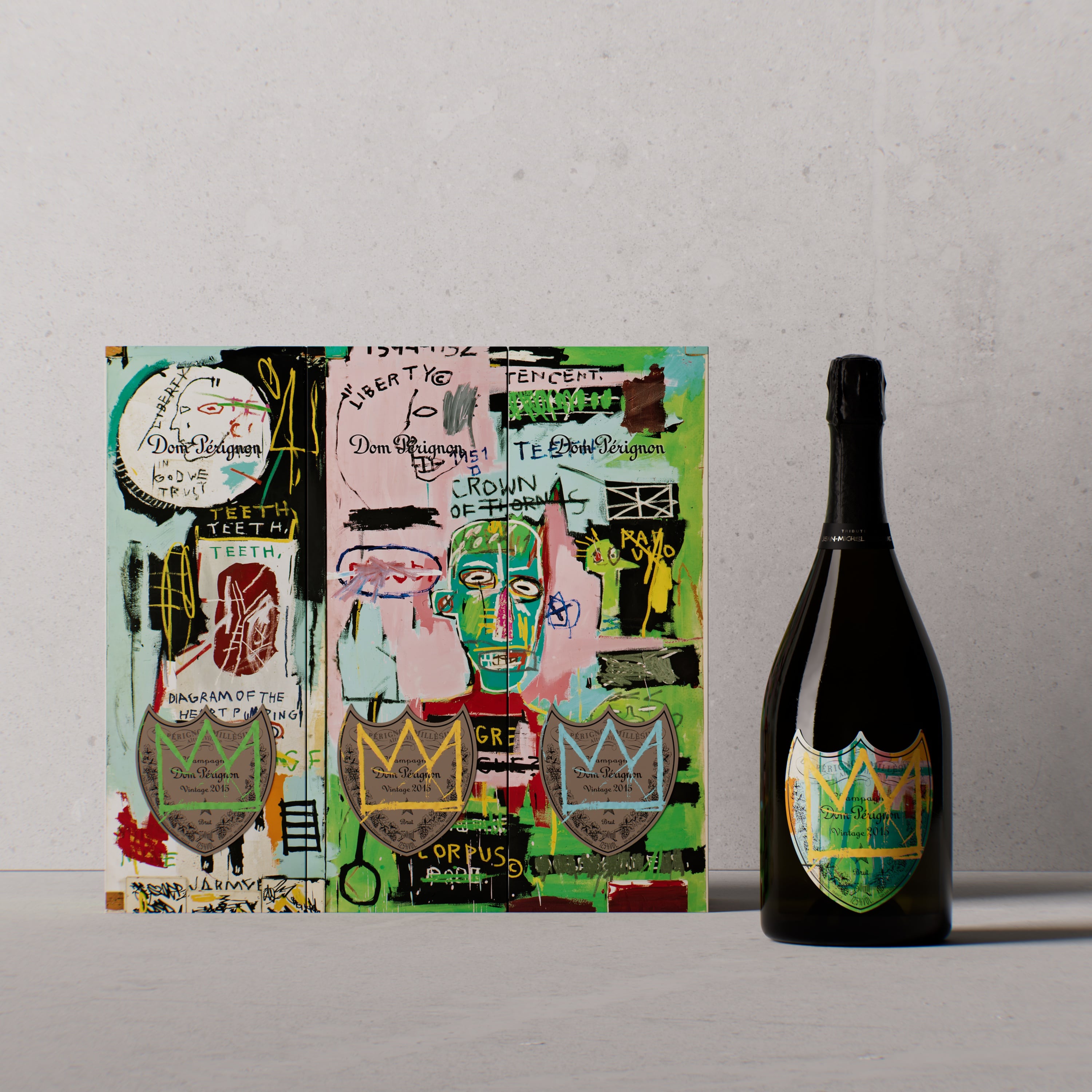
“These designs straddle functionality and fantasy. Crucially, they’re built with circularity in mind, whether through reusable structures, recyclable materials, or modular formats that live beyond the first pour.”
Designing for the sober sophisticate
Low and no alcohol spirits are a fast-growing category. Aside from hitting a key consumer need (moderation), they’ve successfully carved out a premium niche. And that’s reflected in the packaging.
“One of the most notable trends is the sophistication of low and no-alcohol packaging,” said Ryan. “Once dismissed as a category for abstainers, it has now become a playground for design that feels elevated, mature, and ritualistic.
“Brands like Wilderton Aperitivo and MAIA are redefining what mindful drinking looks and feels like... and design is doing much of the heavy lifting.
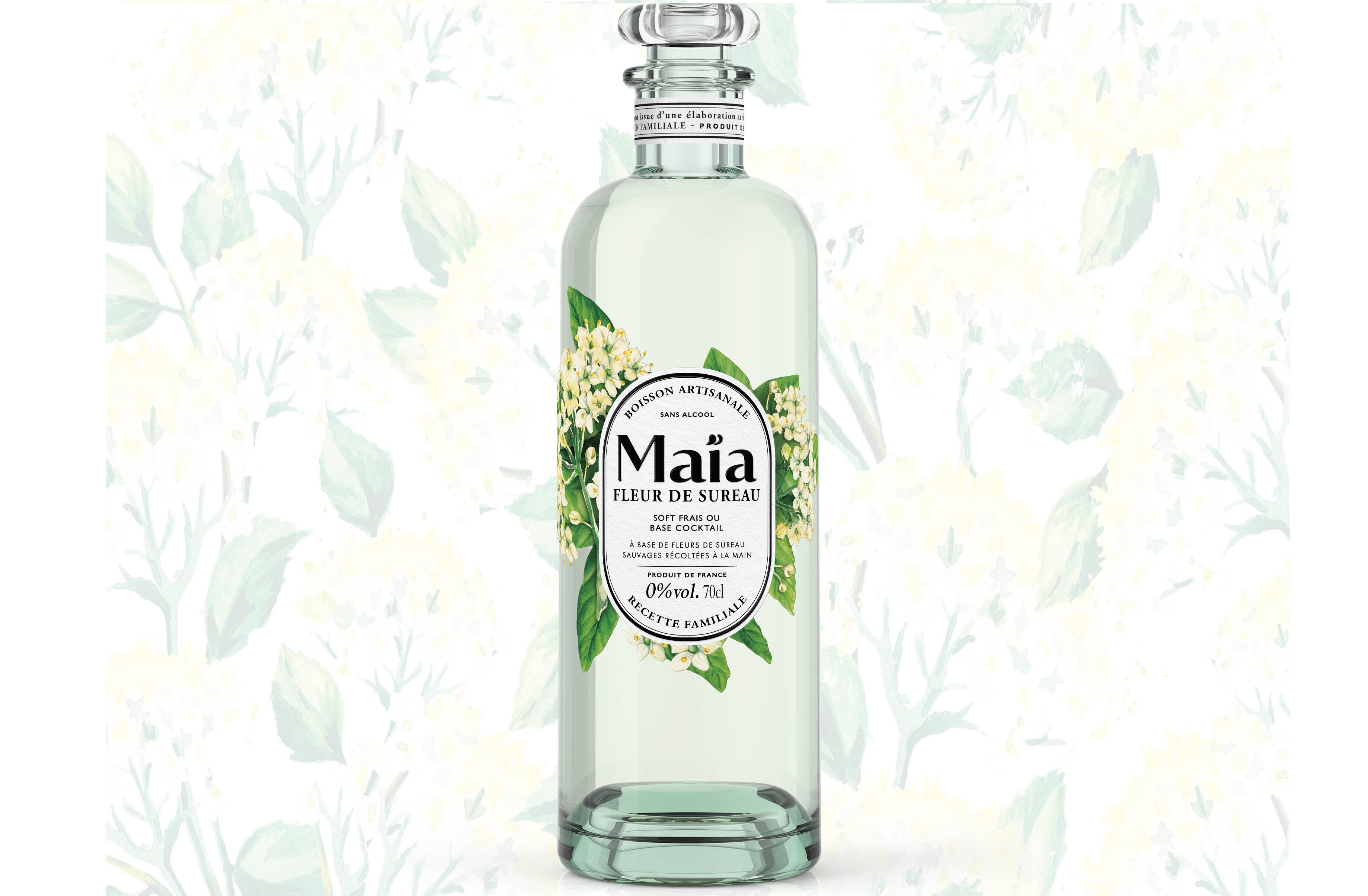
“Rather than imitate traditional spirits, these products forge their own aesthetic paths, often favoring clean lines, calming palettes, and tactile materials that evoke wellness as much as celebration.”
Form, function and flavor: The new beverage code
Outside of alcohol, other beverages are showing plenty of innovation as they tap into consumer trends.
“Ready-to-drink coffee and tea products also deserve mention,” said Ryan. “This year’s entries showcased a wave of functional drinks with dynamic, multi-sensory packaging.
“There’s Sahar Sun Coffee Milk, whose design brings café ambience and taste to life with flavor-coded colours (for example, a cookie to signify tiramisu).
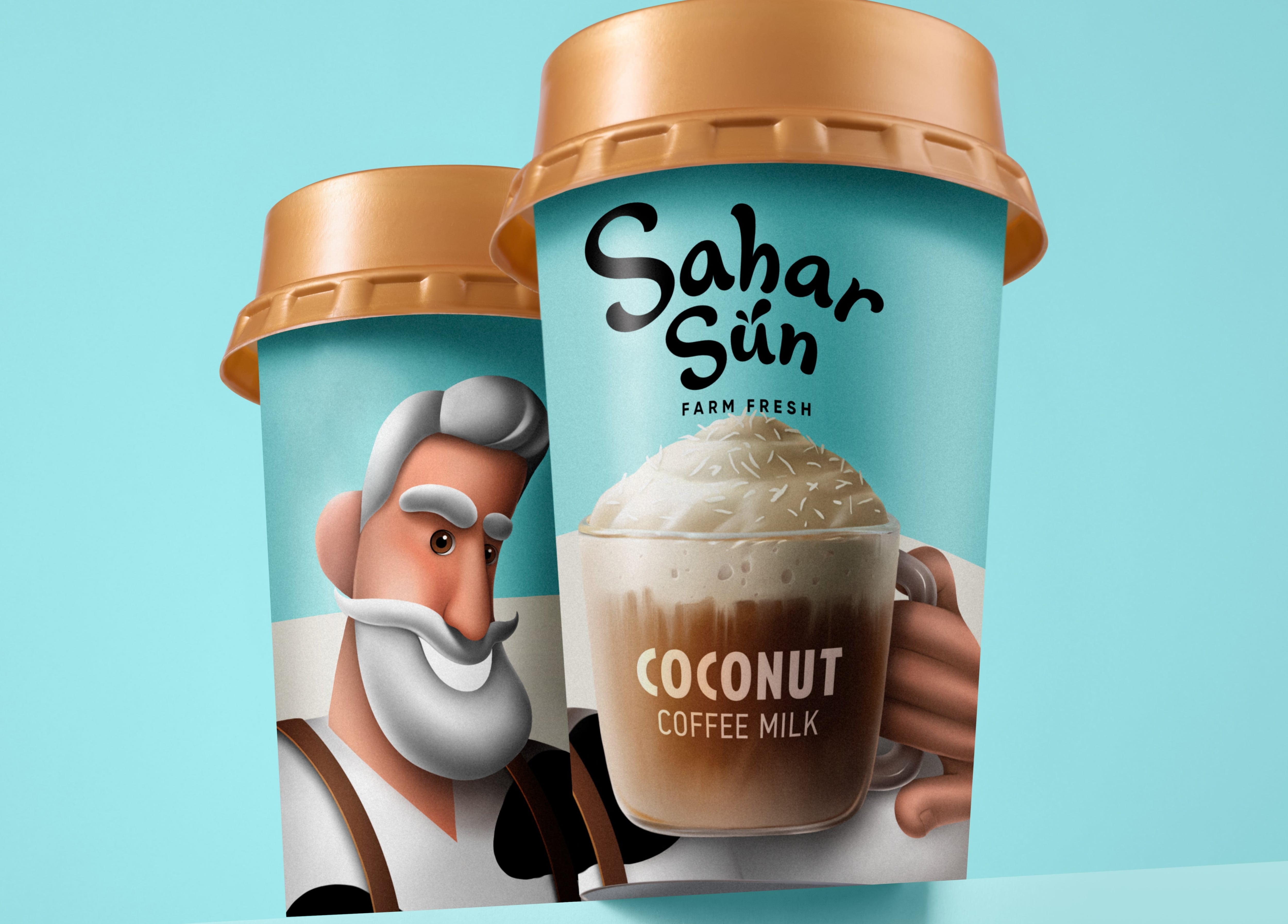
“And Starbucks’ Cha-Ka fusion bottle, which marries design influences from multiple cultures into one seamless product experience.
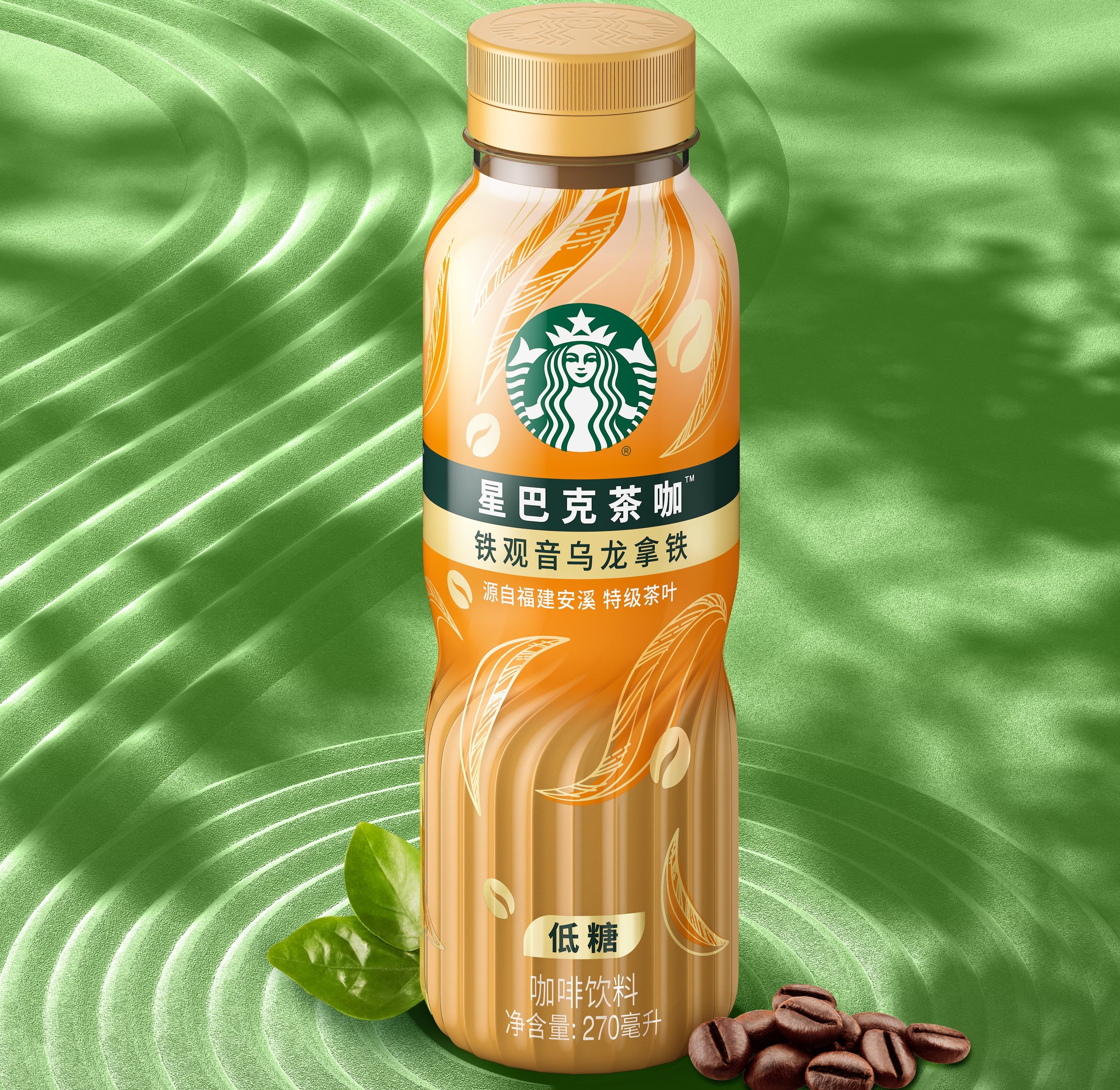
“It’s a signal that the boundary between health, culture, and indulgence is dissolving — and packaging is adapting accordingly. These formats look good and make a case for design as a mediator between tradition and innovation."
From containment to connection
Technical innovation in sustainability, of course, is crucial to beverage packaging. But what’s now transforming the industry is the realization that sustainable packaging does not need to be dull.
“What ties all these trends together is a new understanding of packaging not as a necessary cost or a superficial shell, but as a site of expression, experimentation, and, increasingly, ethics,” said Ryan.
“We’re witnessing a quiet transformation: one where sustainability isn’t the end goal, but the starting point for creativity. It’s where material innovation, cultural intelligence, and consumer connection converge. And right now, the drinks industry is leading that charge.”

